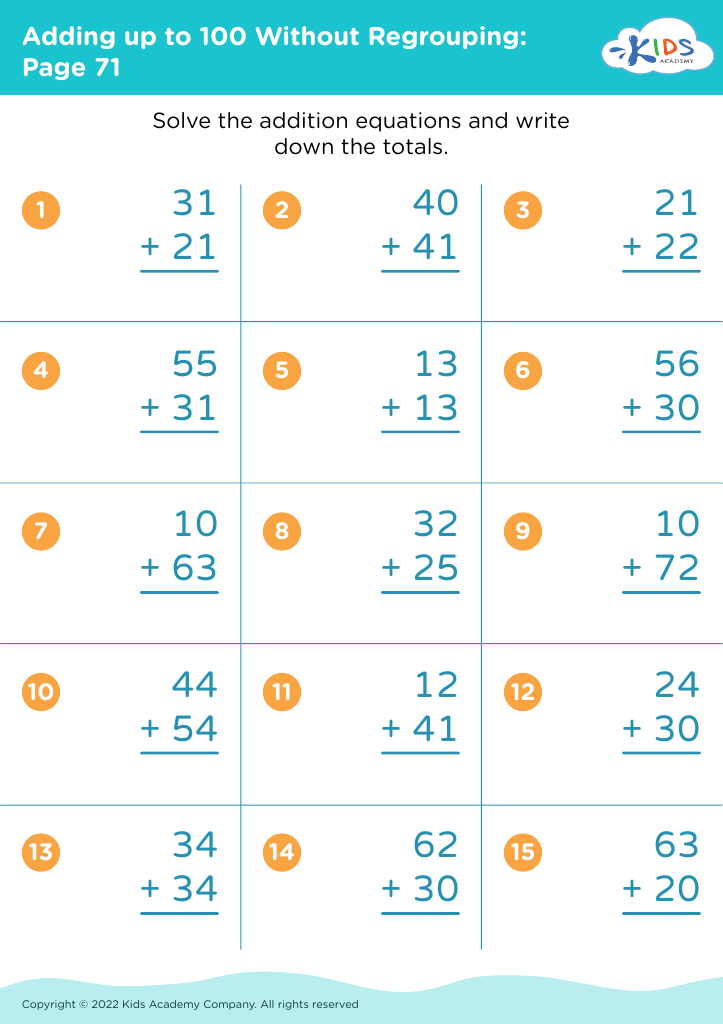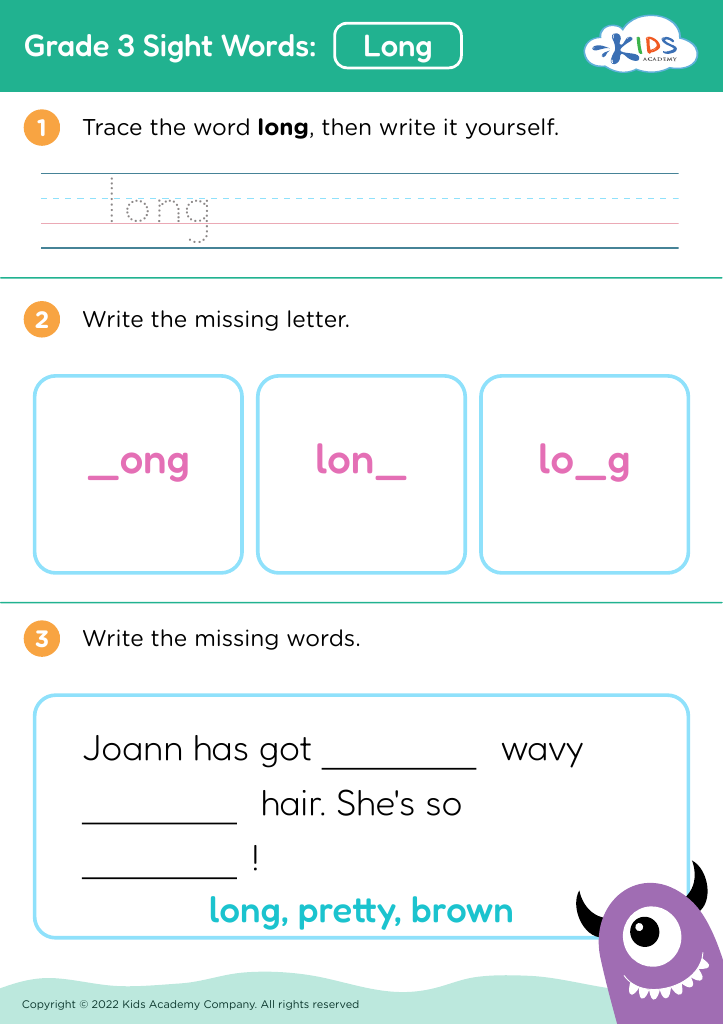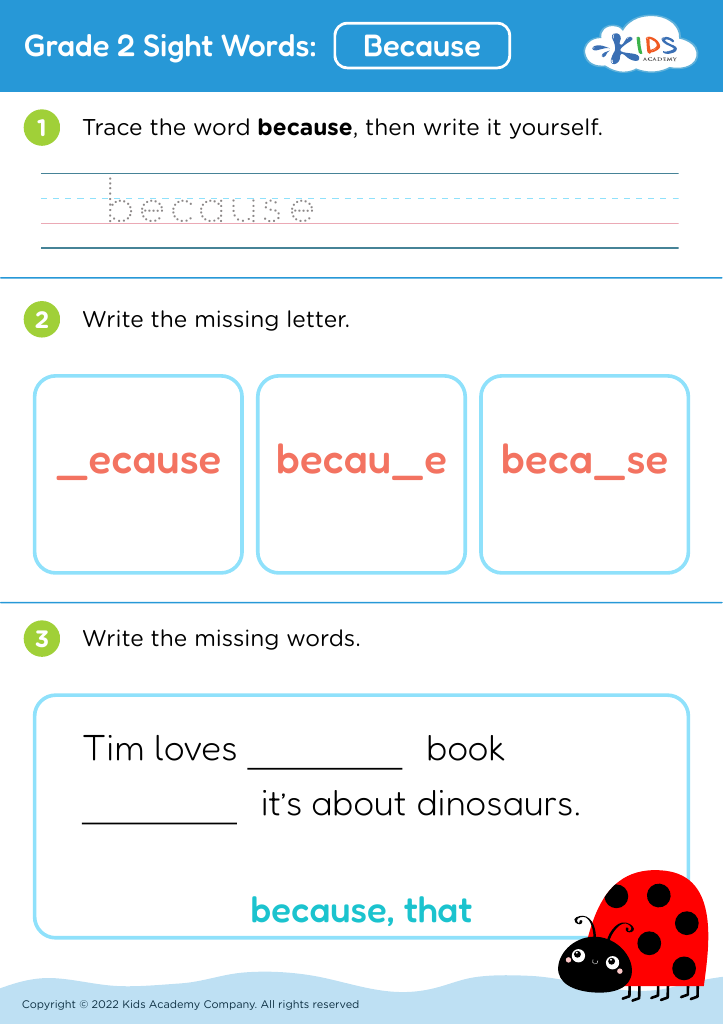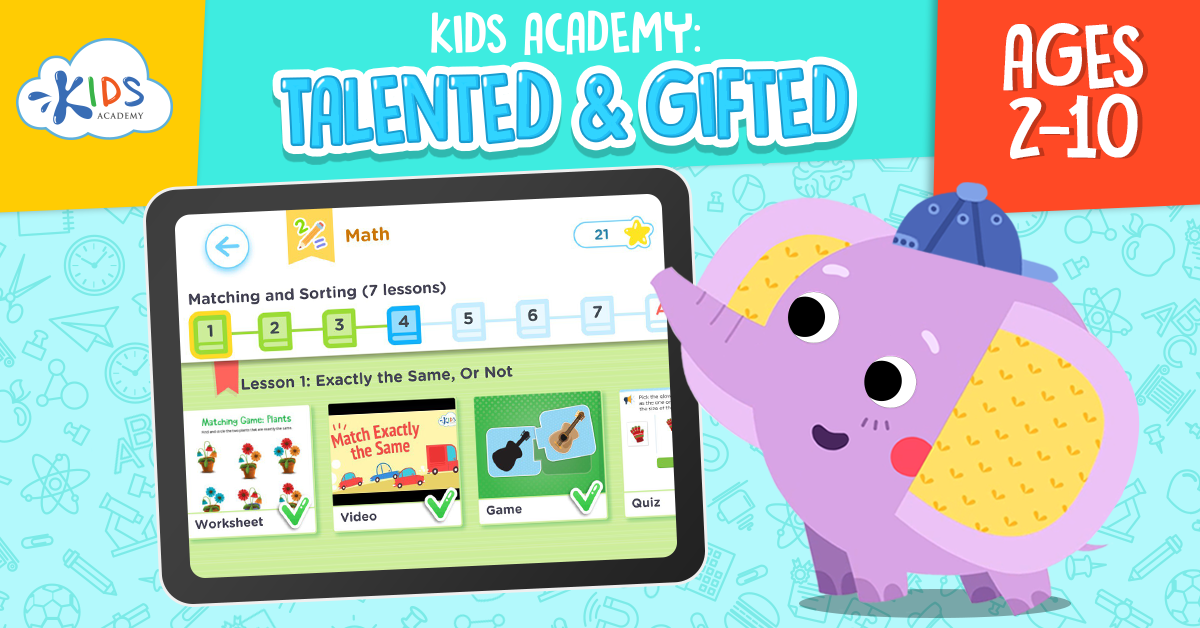Visual representation of fractions Worksheets for Ages 7-8
7 filtered results
-
From - To
Unlock the magic of fractions with our "Visual Representation of Fractions Worksheets" tailored for ages 7-8! These engaging printables simplify the concept of fractions using vibrant illustrations and hands-on activities. Each worksheet is designed to help young learners grasp parts of a whole through visual aids such as pie charts, bar models, and shaded figures, making learning both fun and effective. Perfect for both classroom and home use, these resources not only build a solid foundation in math but also boost critical thinking and problem-solving skills. Start exploring fractions with confidence and creativity today!
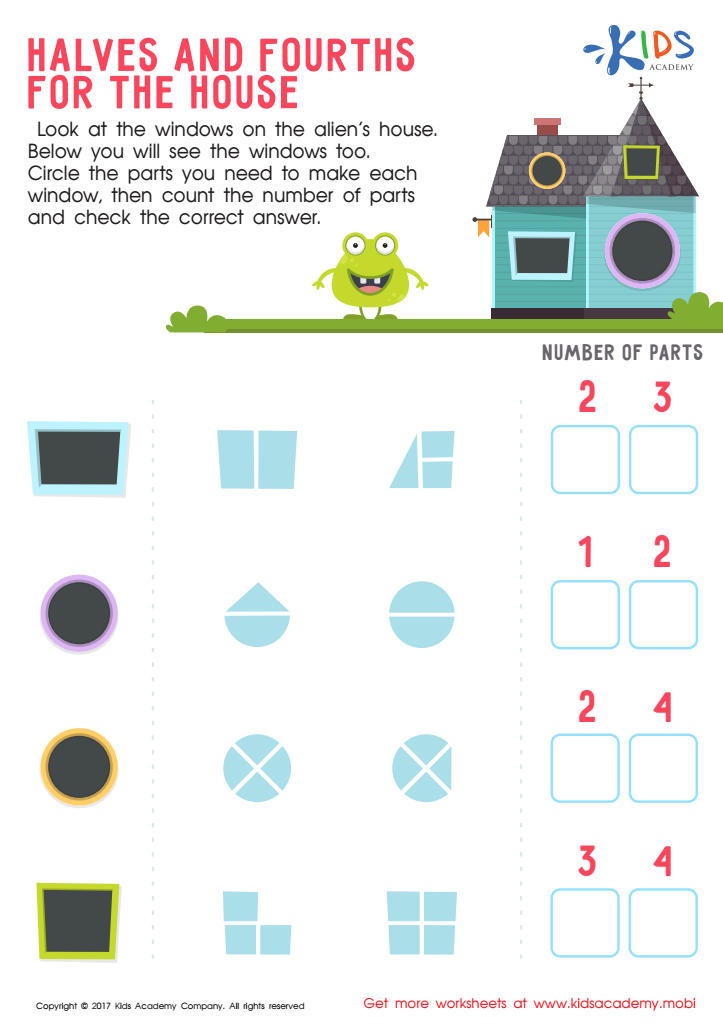

Halves and Fourths for the House Worksheet
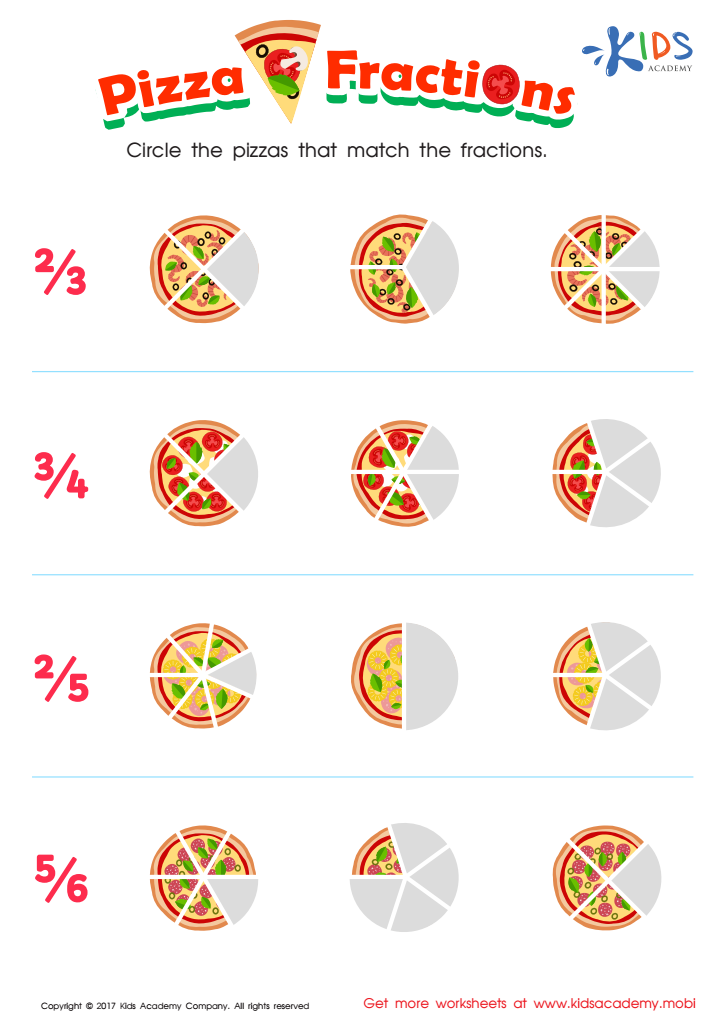

Fractions: Pizza Printable
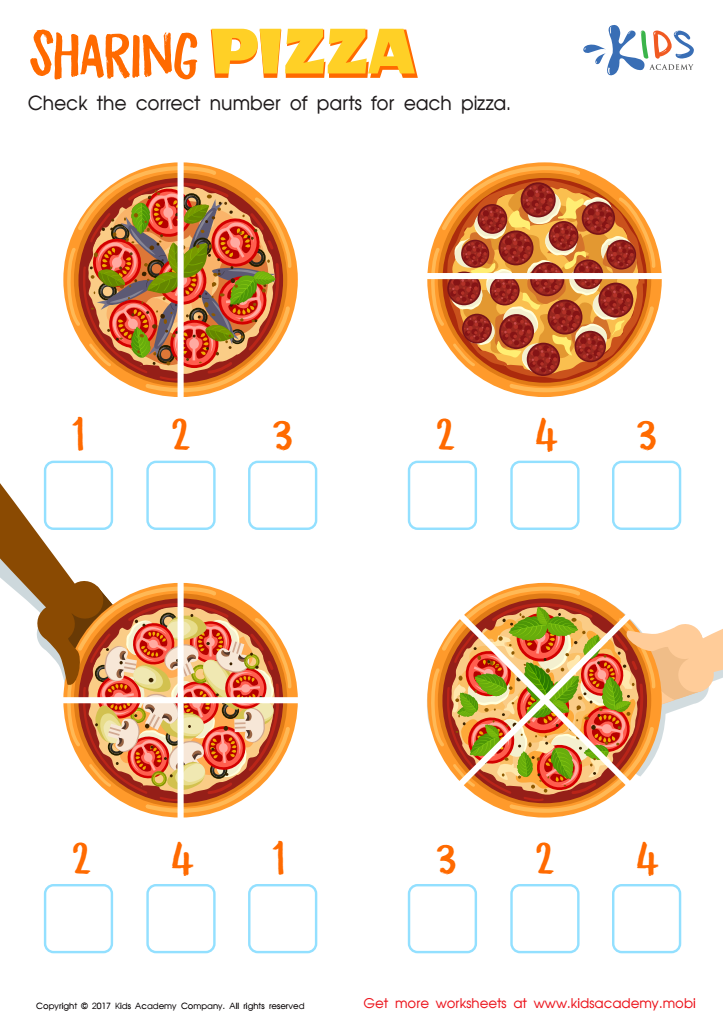

Sharing Pizza Worksheet
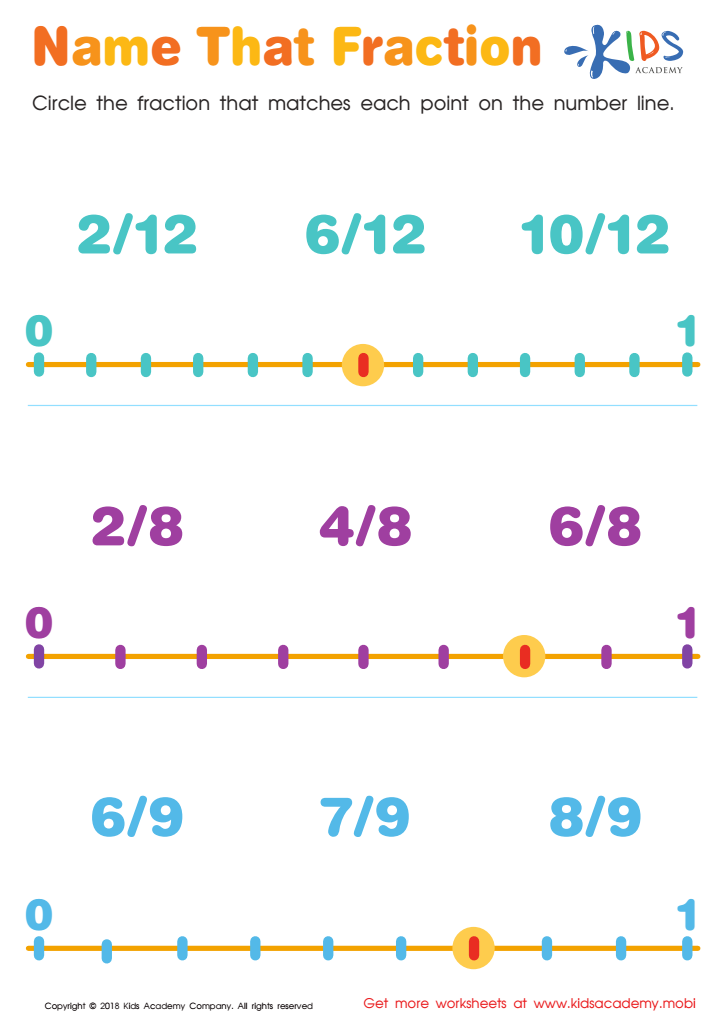

Name That Fraction Worksheet
Visual representation of fractions is crucial for children ages 7-8 as it lays the foundation for their understanding of more advanced mathematical concepts. At this developmental stage, children are transitioning from concrete to more abstract thinking. Visual aids make this abstract concept tangible, allowing young minds to grasp what fractions represent. For instance, shaded parts of a pie chart or segmented bar models bring clarity to the notion of parts of a whole, making the idea of half, thirds, and quarters more intuitive.
Furthermore, visual representations help address different learning styles. Some children are visual learners and grasp concepts better when they can see and manipulate objects. Having diverse teaching tools enhances inclusivity, ensuring that each child's unique learning needs are met adequately.
Visual tools also foster critical thinking and problem-solving skills. They encourage children to see patterns, compare quantities, and understand relationships between numbers. This not only bolsters their current mathematical understanding but also prepares them for future topics such as decimal, ratio, and proportion.
Thus, incorporating visual representations into teaching fractions makes the learning process more engaging, comprehensible, and effective. It bridges the gap between concrete experiences and abstract reasoning, ensuring a solid and lasting grasp of foundational math concepts.
 Assign to My Students
Assign to My Students

